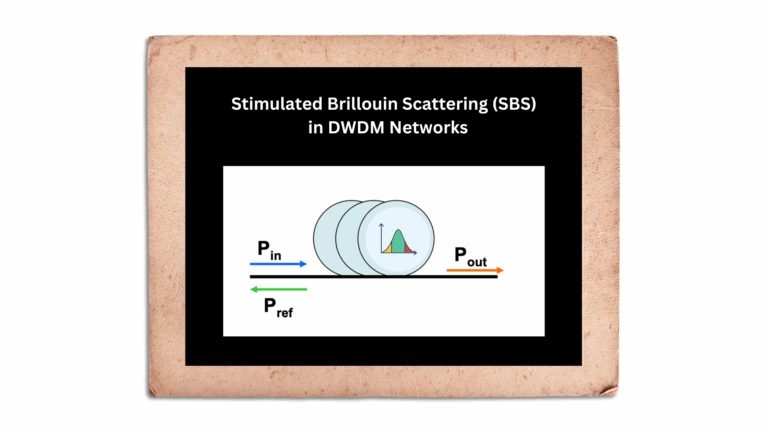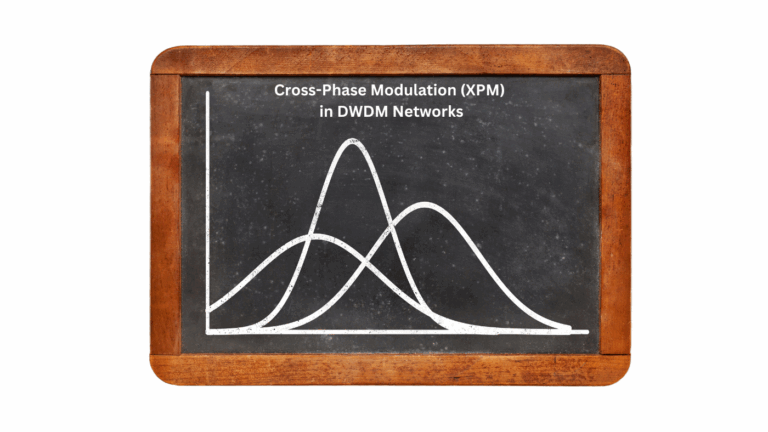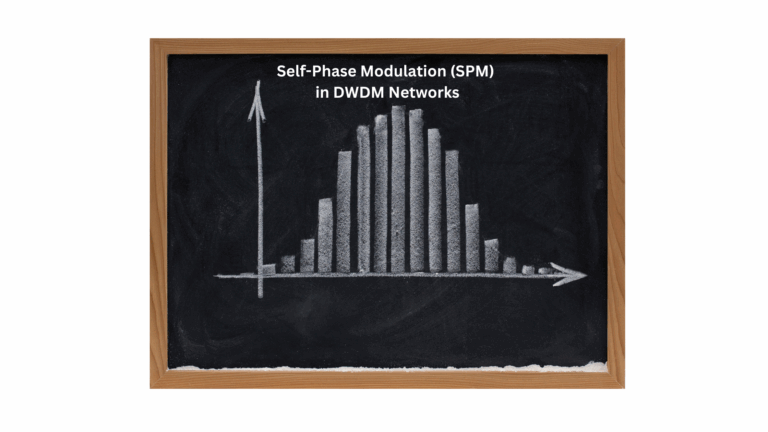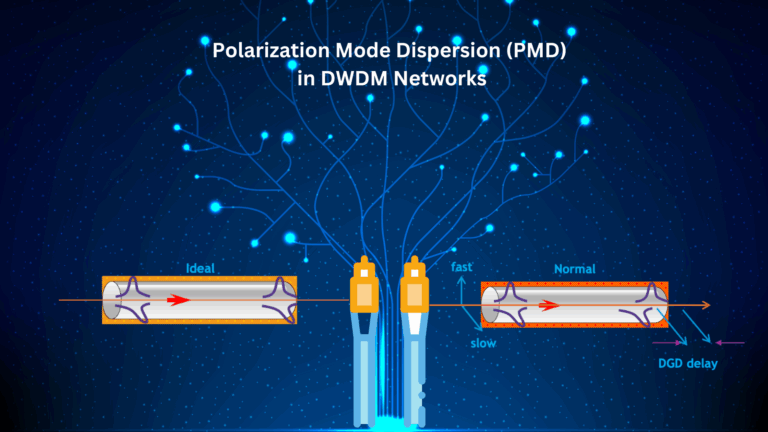HomePosts tagged “Optical fiber”
Optical fiber
Showing 1 - 10 of 17 results
Spatial Division Multiplexing: Future of Submarine Network Capacity Spatial Division Multiplexing: Future of Submarine Network Capacity Exploring the Next Generation...
-
Free
-
November 30, 2025
Undersea Repeater: Everything About It – Comprehensive Visual Guide Undersea Repeater: Everything About It Comprehensive Visual Technical Guide for Optical...
-
Free
-
November 29, 2025
Coherent Optical Time Domain Reflectometry (COTDR) – Comprehensive Visual Guide Coherent Optical Time Domain Reflectometry (COTDR) Technical Guide for Optical...
-
Free
-
November 29, 2025
Stimulated Brillouin Scattering (SBS) is an inelastic scattering phenomenon that results in the backward scattering of light when it interacts...
-
Free
-
March 26, 2025
Stimulated Raman Scattering (SRS) is a nonlinear optical phenomenon that results from the inelastic scattering of photons when intense light...
-
Free
-
March 26, 2025
Four-Wave Mixing (FWM) is a nonlinear optical phenomenon that occurs when multiple wavelengths of light are transmitted through a fiber...
-
Free
-
March 26, 2025
Cross-Phase Modulation (XPM) is a nonlinear effect that occurs in Wavelength Division Multiplexing (WDM) systems. It is a type of...
-
Free
-
March 26, 2025
Self-Phase Modulation (SPM) is one of the fundamental nonlinear effects in optical fibers, resulting from the interaction between the light’s...
-
Free
-
March 26, 2025
Polarization Mode Dispersion (PMD) is one of the significant impairments in optical fiber communication systems, particularly in Dense Wavelength Division...
-
Free
-
March 26, 2025
Explore Articles
Filter Articles
ResetExplore Courses
Tags
automation
ber
Chromatic Dispersion
coherent optical transmission
Data transmission
DWDM
edfa
EDFAs
Erbium-Doped Fiber Amplifiers
fec
Fiber optics
Fiber optic technology
Forward Error Correction
Latency
modulation
network automation
network management
Network performance
noise figure
optical
optical amplifiers
optical automation
Optical communication
Optical fiber
Optical network
optical networking
Optical networks
Optical performance
Optical signal-to-noise ratio
Optical transmission
Optical transport network
OSNR
OTN
Q-factor
Raman Amplifier
SDH
Signal amplification
Signal integrity
Signal quality
Slider
submarine
submarine communication
submarine optical networking
Telecommunications
Ticker










